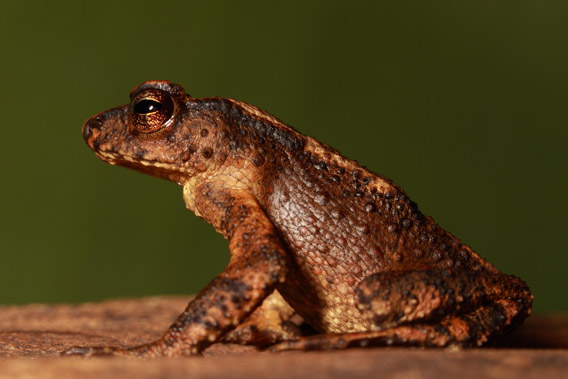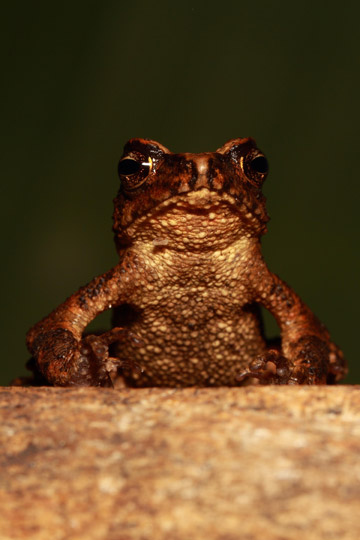In Sri Lanka, Putting the Focus on Tropical Modernism
By JEFF SMITH , Courtesy of The New York Times, June 21, 2012
COLOMBO — Walking into a house created by C. Anjalendran is a pleasure for the senses.

David Robson
A C. Anjalendran house in the Colombo suburb of Battaramulla has a double-height living room.
The open design allows the tropical breezes of this South Asian island to sweep through the interior. You can hear the chirping of birds or drumming of monsoon rains, although wide overhangs protect the terrace furniture. The building’s structure frames the vistas beyond. A house designed by Mr. Anjalendran makes “me feel extraordinarily tranquil. Not a monastic tranquility — it makes you happy,” said Miles Young, global chief executive of the international advertising agency Ogilvy & Mather.
Mr. Young has two Anjalendran houses: A bungalow on the cinnamon plantation he revived on the south coast and a house in a suburb of Colombo. “They are always visually exciting,” said Mr. Young, who is based in New York. “Your eyes are always drawn along the view or along a corridor to something” like a sculpture or painting.
Mr. Anjalendran is a son of an engineer and grew up in the northern city of Jaffna, a Tamil stronghold, during the 25-year war between the government and Tamil rebels. Most of his Tamil relatives left Sri Lanka during the conflict, but he stayed, because, he said, he feels Sri Lankan at heart. Mr. Anjalendran, 60, said he wanted anyone who walked into one of his homes to feel peaceful. “The spaces create a sense of tranquility,” Mr. Anjalendran said at his house and office compound in a Colombo suburb. “Space is something to be contemplated.”
Mr. Anjalendran, who studied architecture at City University London, is a leading disciple of Geoffrey Bawa, a renowned Sri Lankan architect who helped create a style known as tropical Modernism that integrates buildings and landscape. Mr. Bawa died in 2003. “What he did was break down the barrier between inside and outside space,” said David Robson, a British architect and former university instructor who wrote “Anjalendran — Architect of Sri Lanka,” published by Periplus Tuttle in 2009, as well as other books on tropical Modernism.
Mr. Robson characterizes Mr. Anjalendran, who was Mr. Bawa’s assistant as well as his friend, as the architect who has been most successful in carrying the Bawa philosophy forward while also “being his own person.” “I think his buildings are lot more robust and a lot less delicate” than Mr. Bawa’s, Mr. Robson said. “They are low maintenance, unostentatious. He uses texture and color. Most of all he’s using space, natural light and natural ventilation.” The focal point of Mr. Anjalendran’s urban homes are interior courtyards, while his country homes also present sweeping views of the surrounding landscape.
Mr. Young’s house in the Colombo suburb of Battaramulla, for example, has a double-height living room that opens to a courtyard garden. High walls of rubble stone surround the garden and block the view of neighboring houses.
The 440-square-meter, or about 4,700-square-foot, two-level house has a living and dining area, a kitchen, three bedroom suites each with a bathroom and terrace, a staff apartment and a roofed pavilion for entertaining. The project, begun in 2005 and finished four years later, cost $120,000, or $270 per square meter. The land was an additional $25,000.
Mr. Anjalendran has designed and built houses within a year, but sometimes projects, like Mr. Young’s, take a few years, because Mr. Anjalendran gets involved in every detail, including helping to select antiques and Sri Lankan art.
Mr. Anjalendran prides himself on building affordable houses using low-cost local materials like rubble stone, metal and concrete. He built his own modest 230-square-meter house-office for $10,000 two decades ago. “There’s no conflict between what I preach and the way I live,” he said.
Mr. Anjalendran prides himself on providing what he calls “little surprises,” whether it be the art he selects, the polished concrete floors with his signature blue-tile designs, or bathrooms with small gardens that are open to the sky. Walls are painted mostly white but have accents of color, chosen by Mr. Anjalendran in consultation with Barbara Sansoni, an artist and designer.“My work is functional, always with an aesthetic intent,” he said.
Sri Lanka’s landscape is marked with ancient Buddhist temples, monasteries and traveler’s rest houses built in caves, under boulders, in forests, and near paddy fields. Every year, Mr. Anjalendran takes his young students from the City School of Architecture in Colombo on a tour.
Some of his favorite places are ambalamas, traditional shelters for travelers that consist of little more than a pyramid-shaped tiled roof supported by wooden columns and sheltering a four-sided bench. The traveler’s rest house concept appears in some of Mr. Anjalendran’s projects, including Mr. Young’s plantation estate and an orphans’ home on the south coast operated by the British-based charity SOS Children.
Mr. Young met Mr. Anjalendran about a decade ago during his search for an architect for the house at the cinnamon estate. A colleague in Colombo recommended that he meet Mr. Anjalendran but warned that the architect had a reputation for being extremely difficult.
Mr. Anjalendran was difficult. He hung up when Mr. Young suggested a Sunday meeting, then said he would not work with Mr. Young unless the two men made a trip along the coast to see the site as well as some of Mr. Bawa’s projects.
“He never said he would do the building, but he started to pace up and down the hill,” Mr. Young said. But by the time they met for dinner, Mr. Anjalendran had drawn a plan.
The four-bedroom bungalow is simple and spare, with rooms arranged around a garden courtyard. The structure frames views of the bay, rolling hills and a pavilion in the style of a traveler’s rest house.
“I loved it,” Mr. Young said of the original sketch that became the foundation for the final design. “It was simple, not intruding on the land. Anjalendran said we must go back and look at the land at moonlight, and back we went.”
















